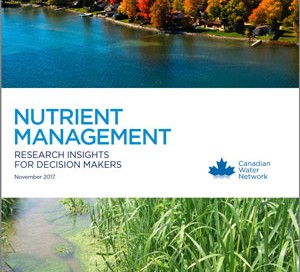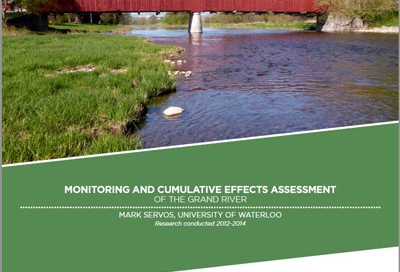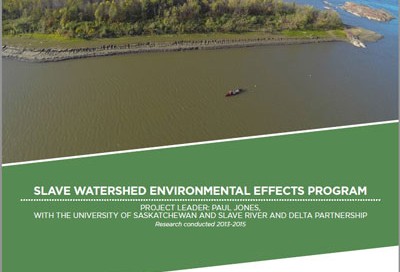Nutrient Management Research Insights for Decision Makers
Canadian Water Network convened an expert workshop to update Canada’s conceptual model of nutrient source and transport. The experts’ discussion, as well as the research cited, informed the insights that are presented in this white paper, which has been written to support those who make decisions about nutrient management actions.






